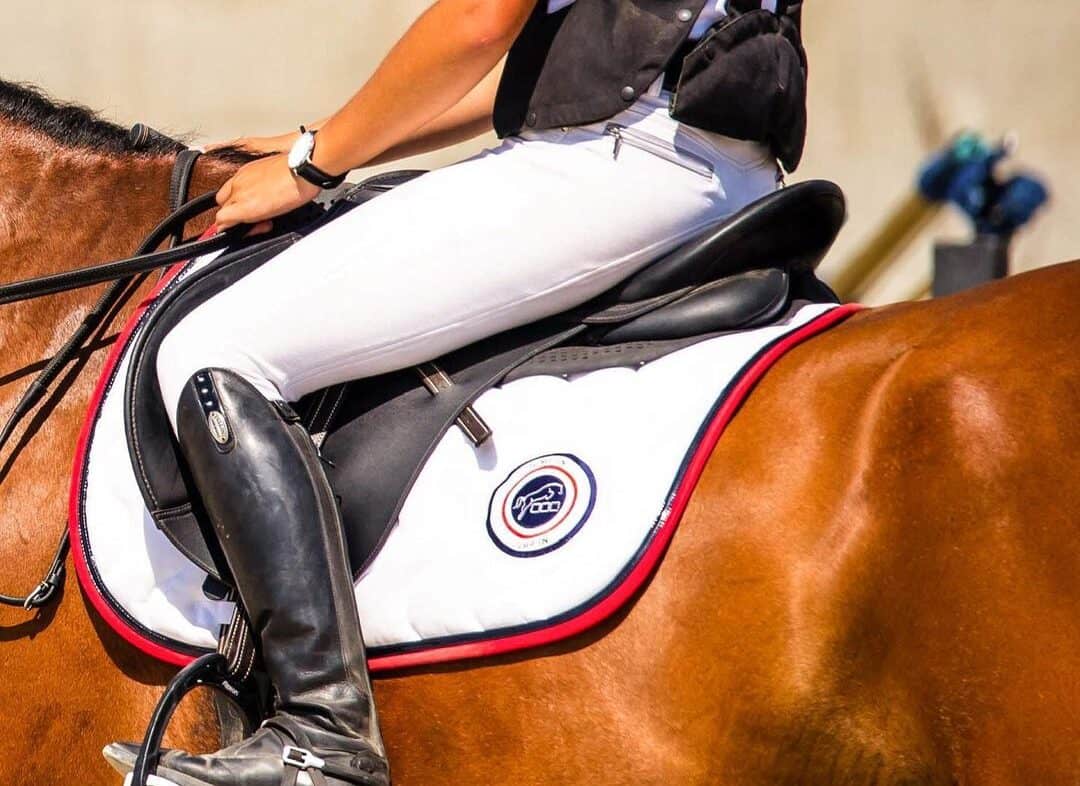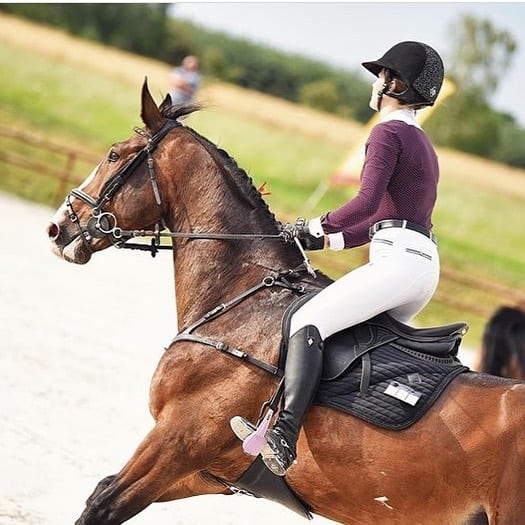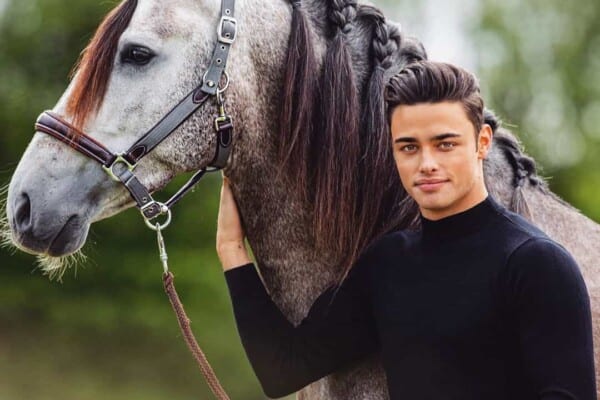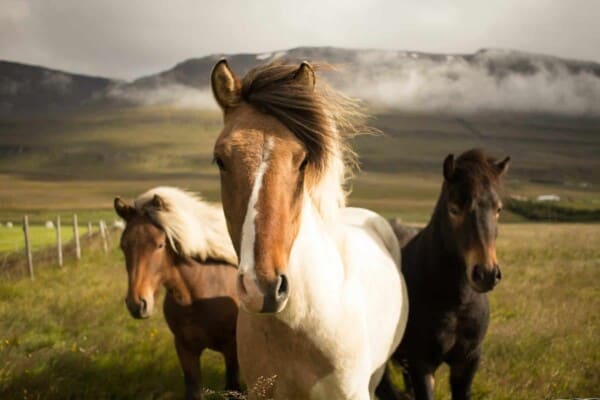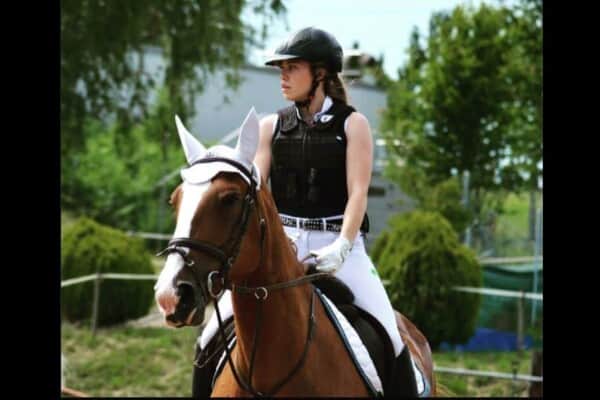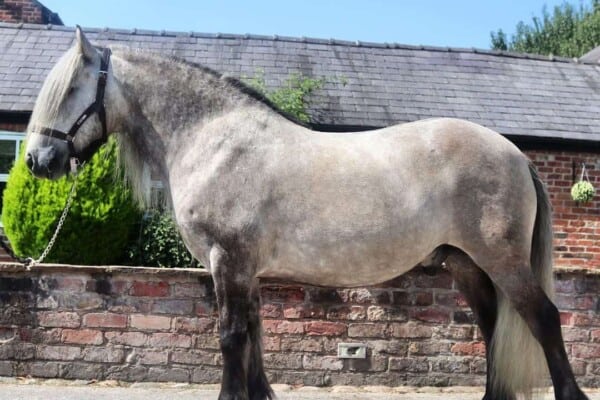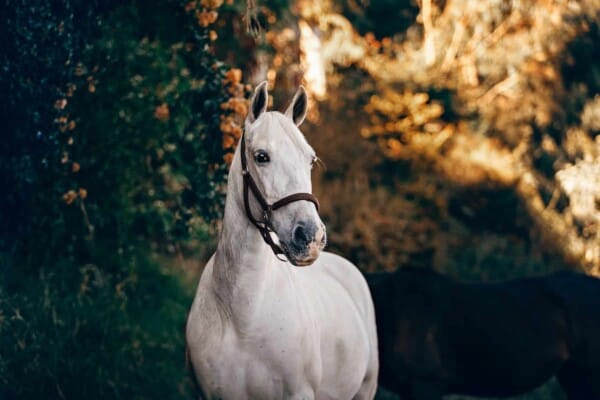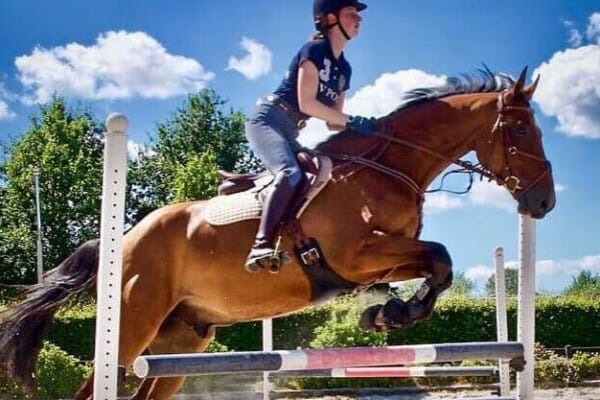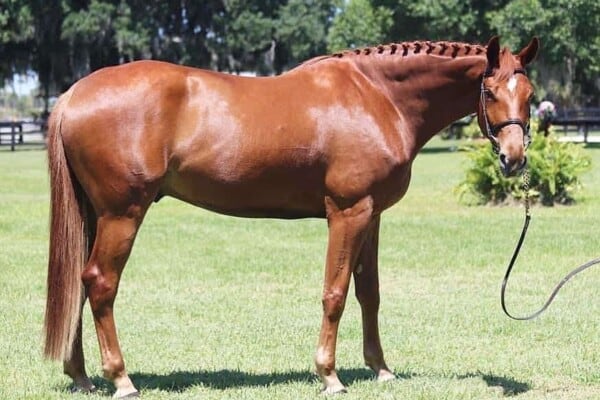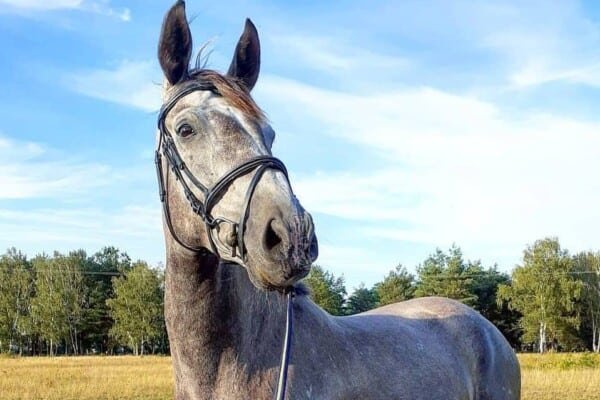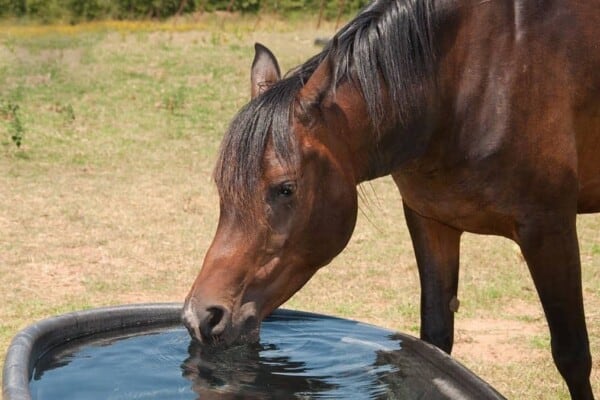Whatever the equestrian discipline you participate in, the lower leg position is fundamental to the effectiveness and stability of the rider. Flatwork and jumping require the rider to use the lower leg in tow completely different ways which reflect the demands of each discipline and also the style of saddle you should be riding in.
Many riders have fundamental misconceptions about their leg position particularly if they are trying to copy people with a good style and who are more advanced riders. Follow these 13 top tips to improve your style and effectiveness both on the flat and over fences.
7 Tips to Improve your Lower Leg Position on the Flat
On the flat, the rider’s entire leg including their lower leg should be loose with the joints of the hip, knee and ankle softly flexed. This will allow the rider to remain in balance with the horse through the gaits, let the spine do its job of absorbing the horse’s movement and facilitate effective use of the rider’s lower leg to encourage the horse to draw forward.
- Don’t try to hold your leg in a good riding position – this will create tension up the leg through to the hip and make it harder for you to sit in balance with the horse and use your leg effectively
- If possible ride in a dressage saddle – this will help you sit in the right place and bring your leg more underneath you as the stirrup bars are set further back
- Work without stirrups regularly – Riding without Stirrups will help improve your seat and balance and allow you to develop a soft lower leg
- Let your leg lie naturally against the horse’s side – even if it does mean your toe turns out slightly – as the hip opens more, the rider’s leg will naturally start to lie in a more parallel position against the horse’s side but you can’t force this or try and hold the leg in a better position
- Never push your heel down – Instead allow the heel to fall away naturally as if it was broken with the rider’s weight running down the back of the leg with a soft knee which is slightly open. If you push the heel down then you lock the knee and also prevent the hip and back from absorbing the movement of the horse
- Don’t ride too long – This is a common problem where the longer the leg the better seems to be a common mantra. The stirrup iron should gently support the toe, if the stirrup is too long then the rider will end up ‘paddling’ and tipping forward – have the stirrups for the correct length for your leg and the type of saddle you are riding in
- Work on your Balance – Tension in the lower leg or gripping can often be as a result of a lack of balance. Invest in some lunge lessons to help improve your seat and balance, lunge lessons allow you to concentrate solely on your position without having to think too much about the horse
6 Tips to Improve your Lower Leg Position over Fences
The rider’s lower leg is the foundation of a balanced and secure jump position. For the rider to remain in balance when the horse is in flight over a fence, the stirrups must be shorter. A short stirrup closes the angle between the ankle, knee and hip in a concertina style so the rider is able to follow the horse, in balance, whilst he is in flight over the fence and when the center of gravity is sent forwards. The rider takes the weight on their lower leg and folds at the hip so the upper body inclines slightly forward but the rider’s actual weight is sent backwards, staying in balance with the horse as he takes off, jumps and lands.
- Make sure your stirrups are short enough – this is a very common fault. You will never have a secure lower leg position or remain in balance with the horse whilst he is jumping if your stirrups are too long. Developing a secure lower leg over fences takes a long time. It is hard work and many people avoid the issue by just not putting their stirrups up. Unlike on the flat, the rider needs to push against the stirrup and really put the heel down
- Use a jump saddle – this will encourage you to have the lower leg in the right place – when the stirrups are short for jumping the lower leg should sit much further forward than when working on the flat
- Spend time on the flat in a light seat – work in a light seat off the horse’s back riding through a series of transitions and remaining in a light seat whilst the horse changes up and down through the gaits – this is hard work but very effective training to develop a secure lower leg
- Incorporate Pole work – Combine this pole work with jumping small fences in a grid as it can really help develop a secure lower leg as it allows the rider to focus on their position without worrying too much about the jumps
- Train regularly with short stirrups – including hacking out as this can help develop stretch and strength
- Strength and Conditioning –There are several really useful gymnastic exercises which are done away from the horse and will help you strengthen the knee and ankle and stretch the tendons and ligaments down the back of your leg. One quick and easy exercise is to stand on the last step of a flight of stairs and edge backwards until your heel are not supported and you are balancing on your toes. Let the weight fall through the back of your leg and stay a few minutes to maximize the stretch. Consult a S&C expert for more comprehensive advice and help getting started.
The lower leg is just one part of a complex picture of the rider’s position with lots of interconnecting elements. Understanding how the lower leg should behave in both flatwork and jumping can help the rider work constructively towards improvements improving both stability and effectiveness across all the disciplines.

